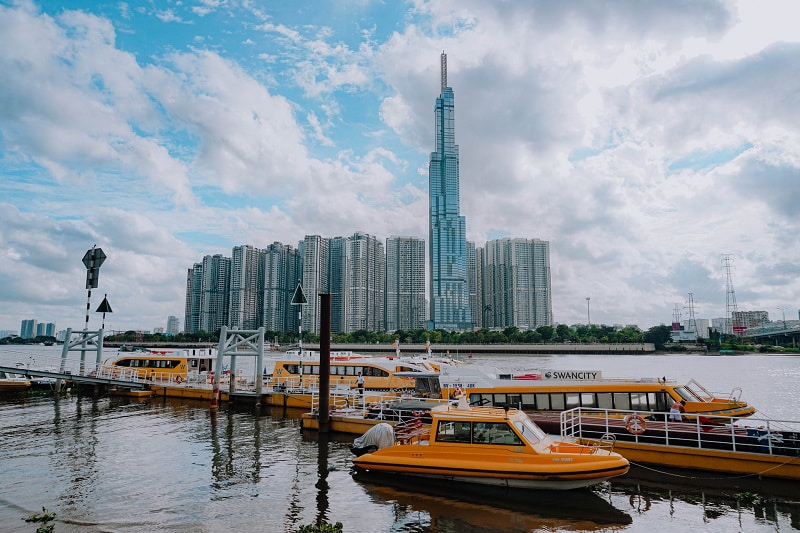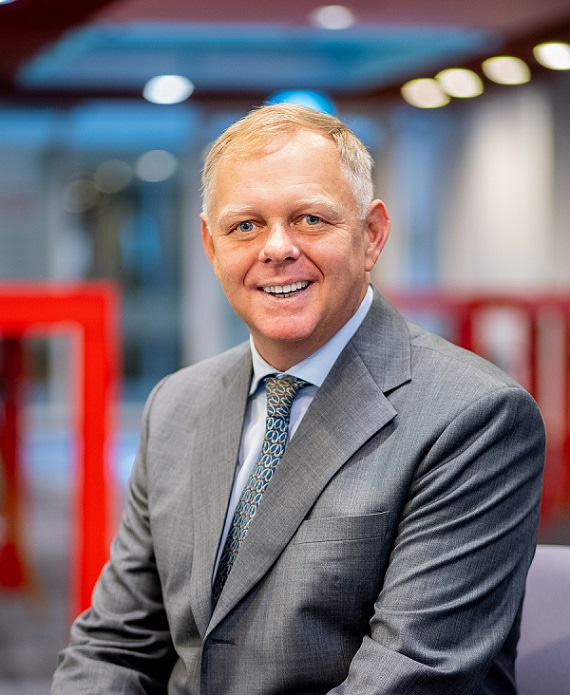3. Preparing for high-tech investment
Foreign investors have expressed their concerns about the general level of soft skills in the Vietnamese workforce, including the ability to work in teams or to communicate effectively. That being said, technology firms look primarily at the availability of hard skills.
How many IT graduates per capita did the city produce over the last few years? How many university programs in material sciences, IT, quantum computing or bioengineering are there? It will be vital for HCMC to enable the creation of a skilled workforce that responds to the demands of tech companies.
Nurturing this highly skilled workforce necessitates leading universities and other ways of allowing the education or upskilling of the existing pool of talents. But it also means considering creating an urban environment that attracts and retains those knowledge workers. Typical environments that HCMC can consider creating include the combination of built environments (streets, offices, etc.) with natural environments (parks, forests, etc.), and a vibrant city with diverse outdoor activities and cultural offerings.
In addition to this human capital aspect of investment, foreign tech companies look for protection of intellectual property (IP). They don’t produce “tangible assets” like shirts or car components, but they produce “intangible assets” like computer code, apps, or new technology for clean energy. Technology investors need a stable and predictable framework that assures them of the ownership of these intangible assets. HCMC could consider enforcing strictly all prevailing IP regulations in Vietnam and showing to technology firms that their key assets are protected.
Finally, HCMC is on the right path to attract foreign investors in the technology industry. Intel’s largest testing and assembly factory in the world (by area) is located in the city and has received an additional USD 475 million investment. HCMC is becoming a hub for computer programming start-ups. The key is now to take the dynamism of the city to the next level.
Dr Burkhard Schrage is Senior Program Manager at RMIT University’s School of Business & Management where he oversees the EMBA, MBA, and undergraduate Management programs.
Story: Dr Burkhard Schrage






